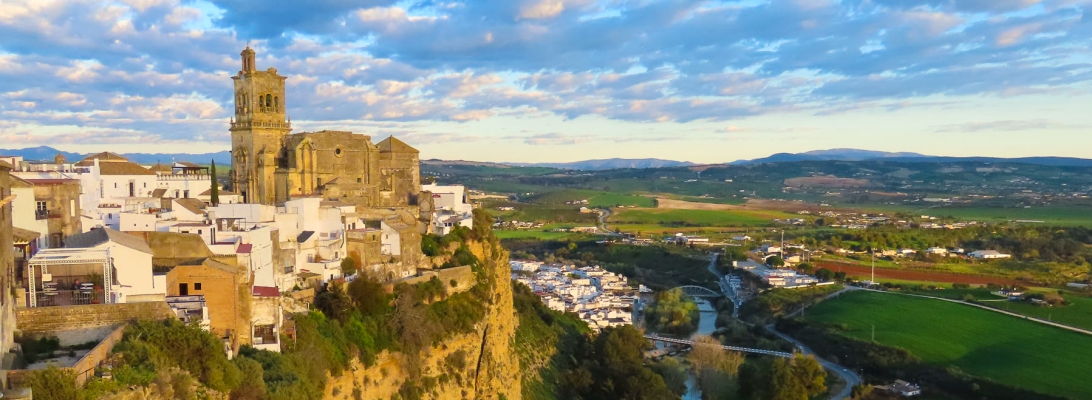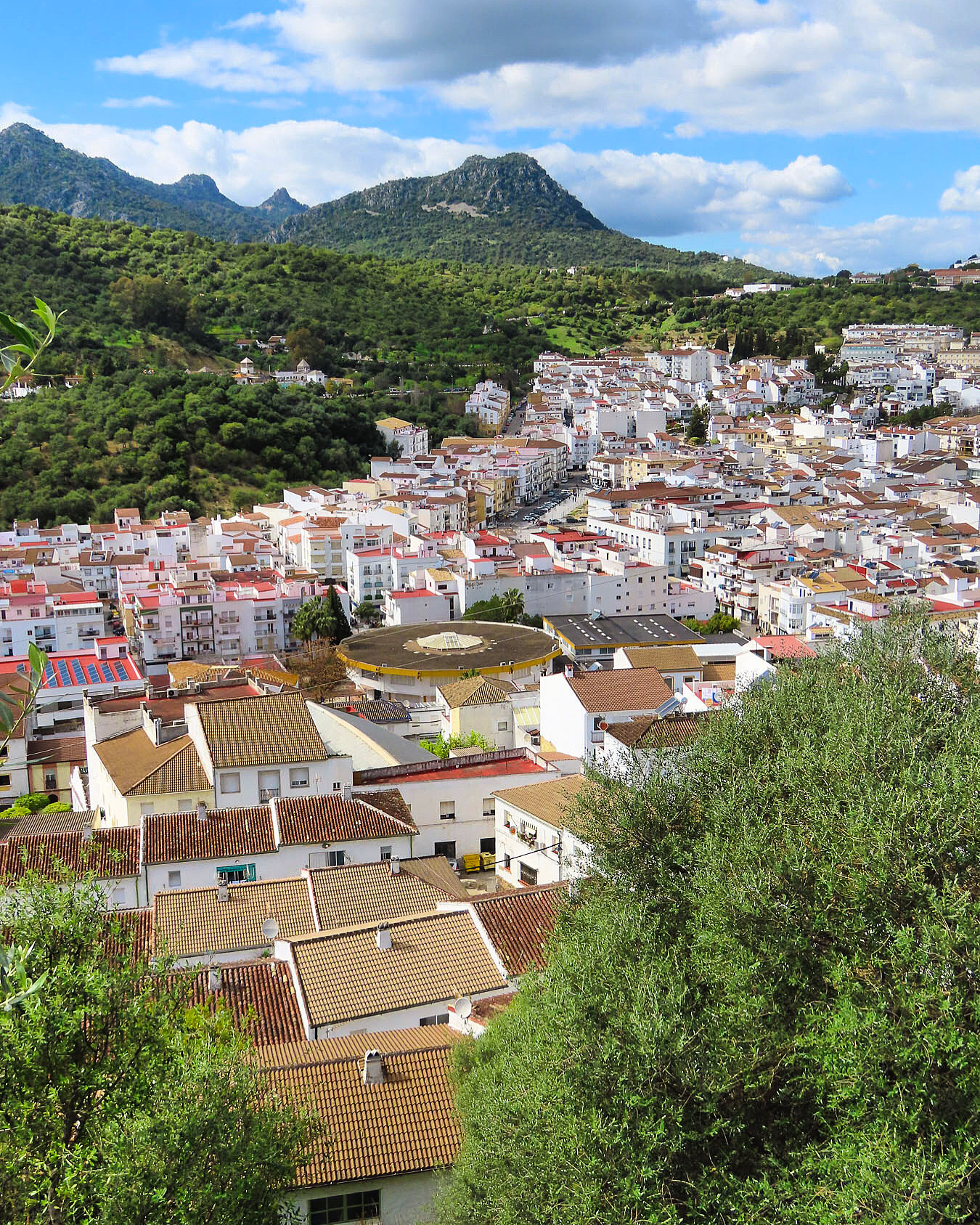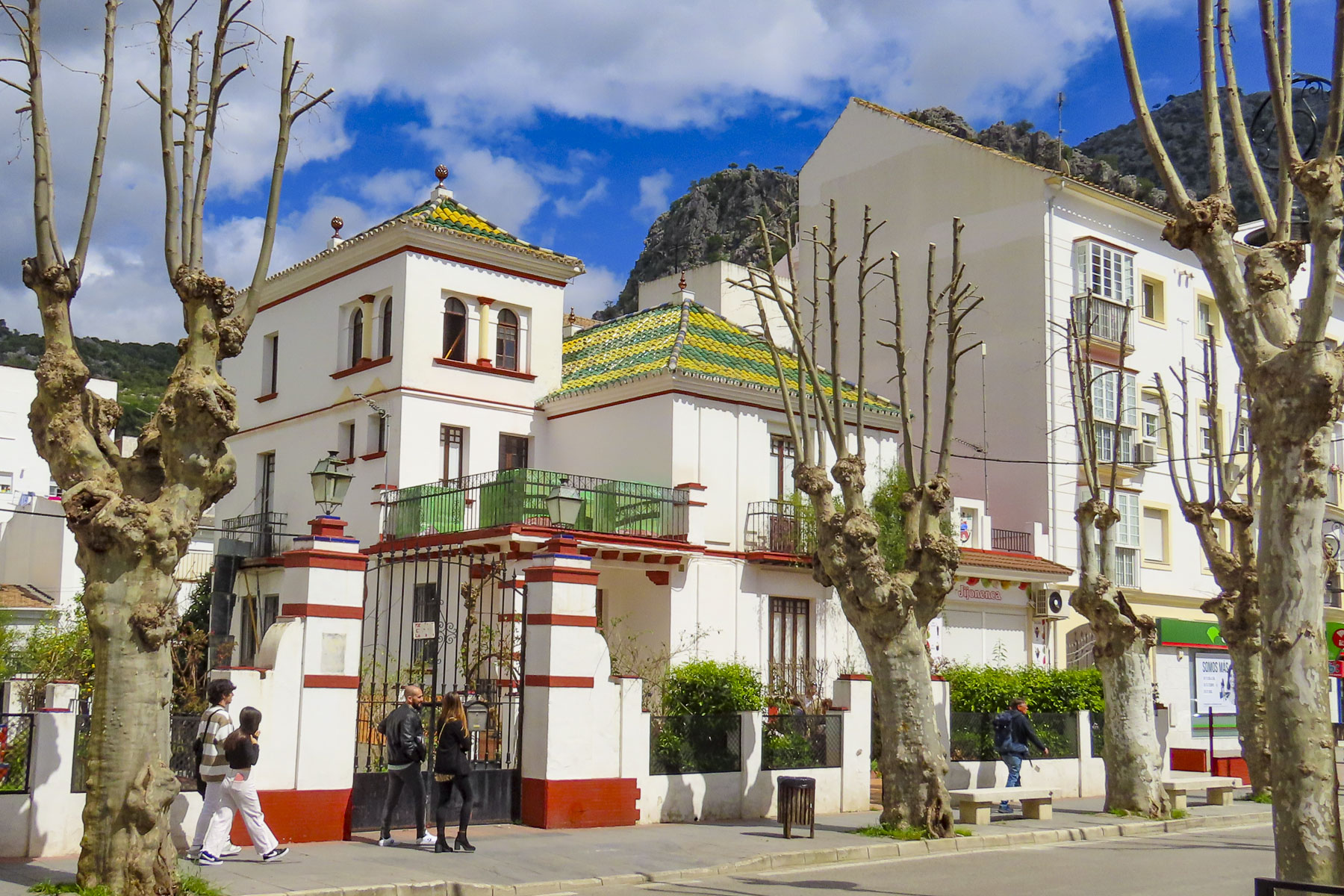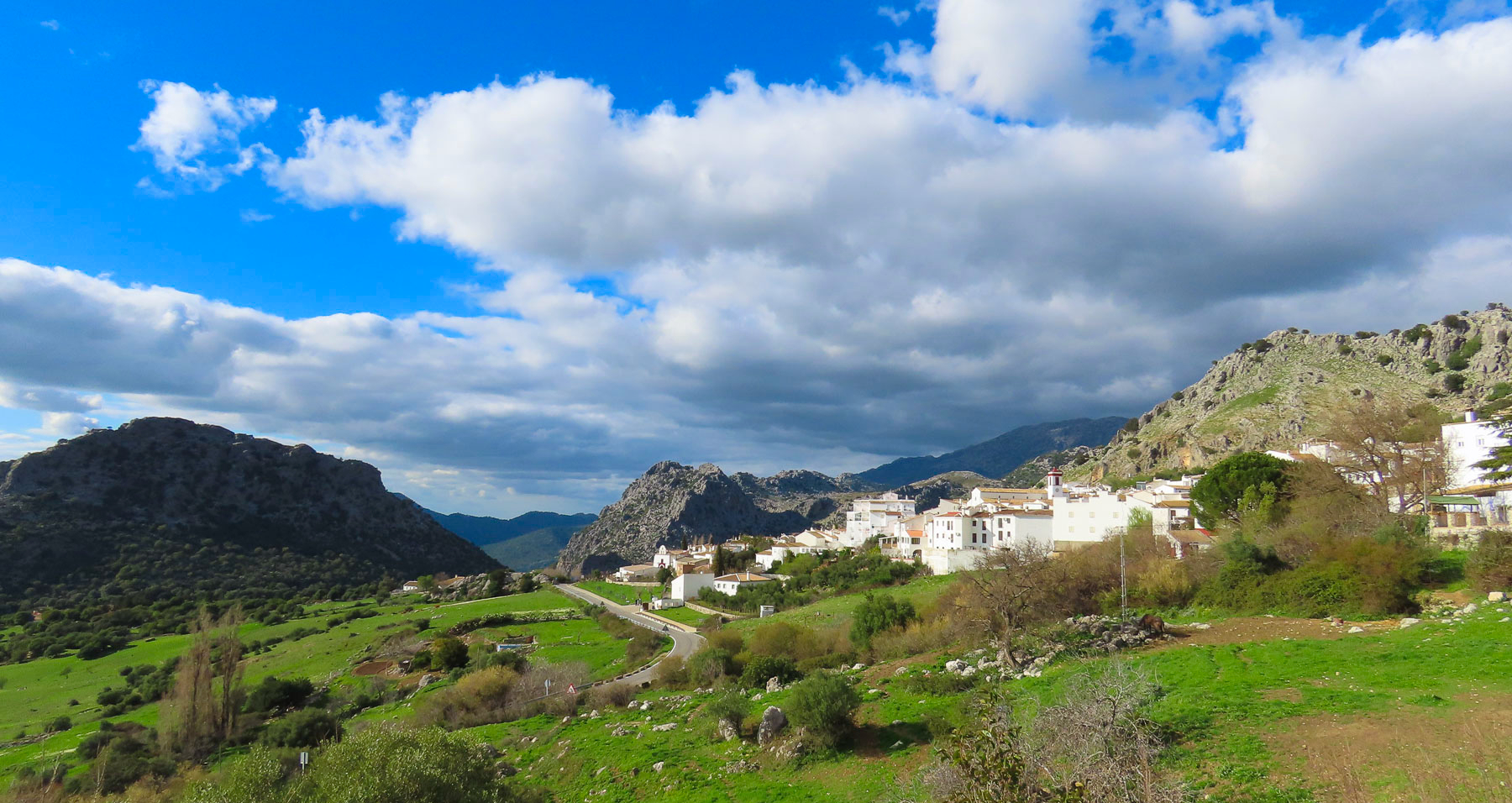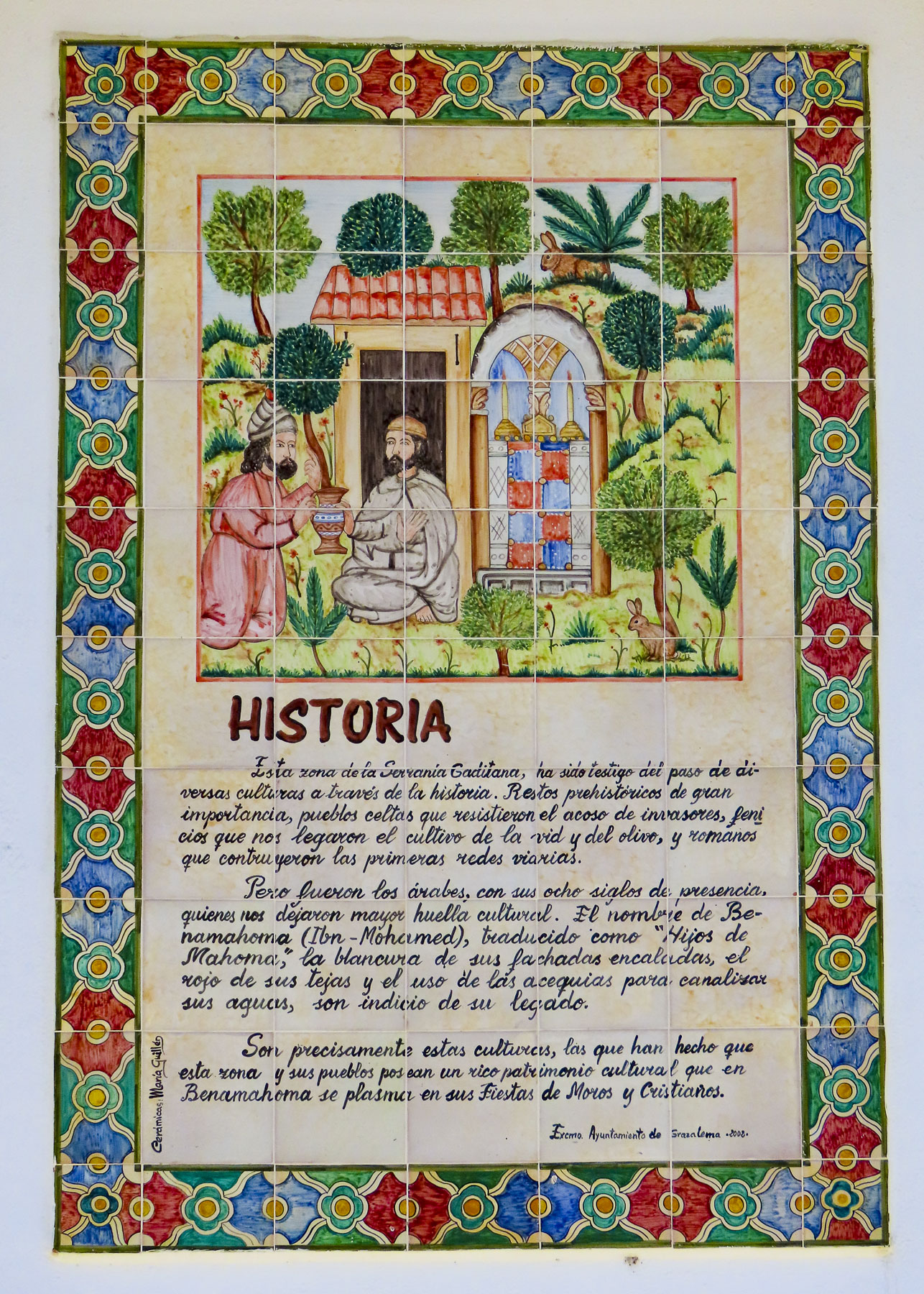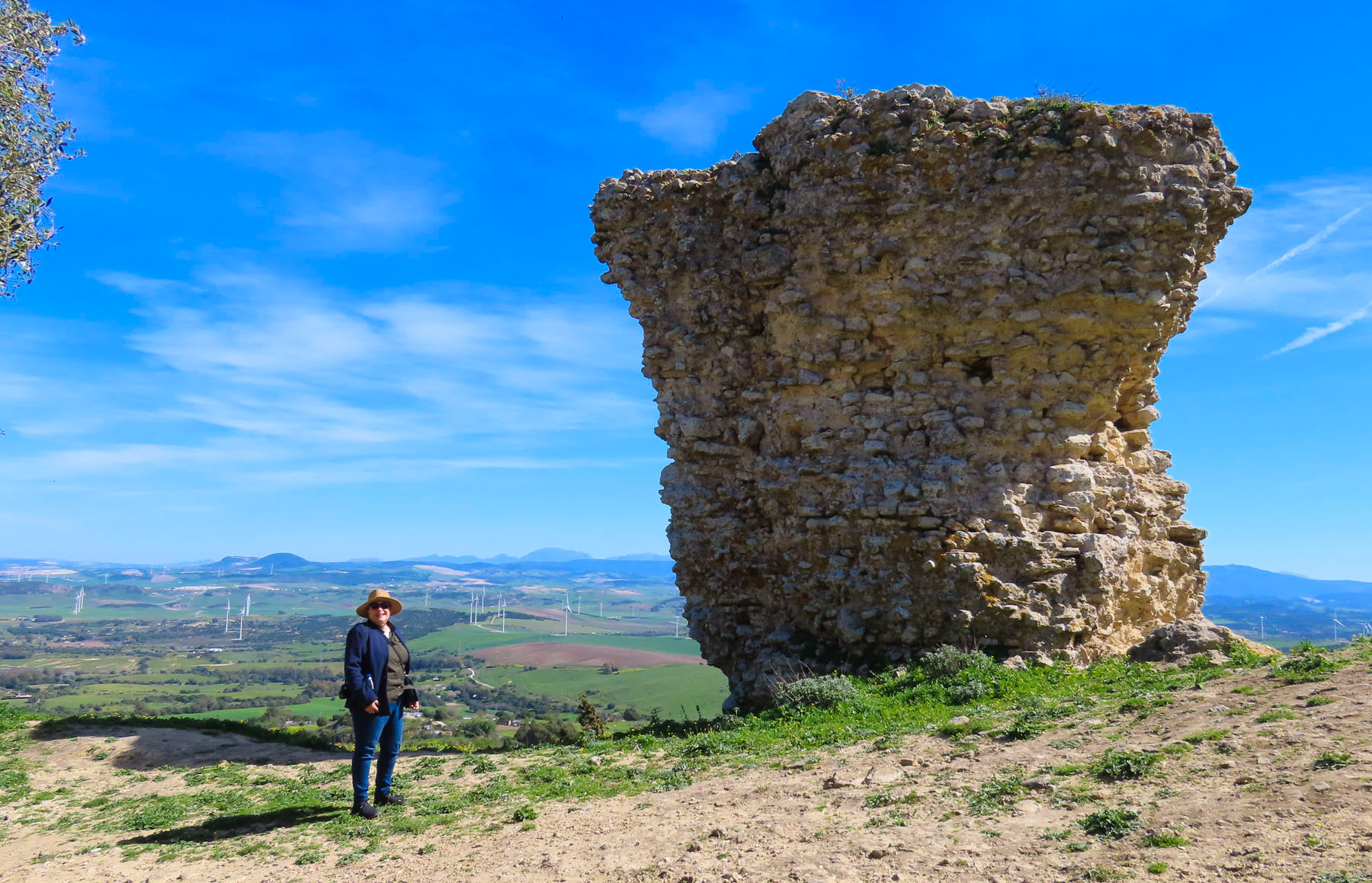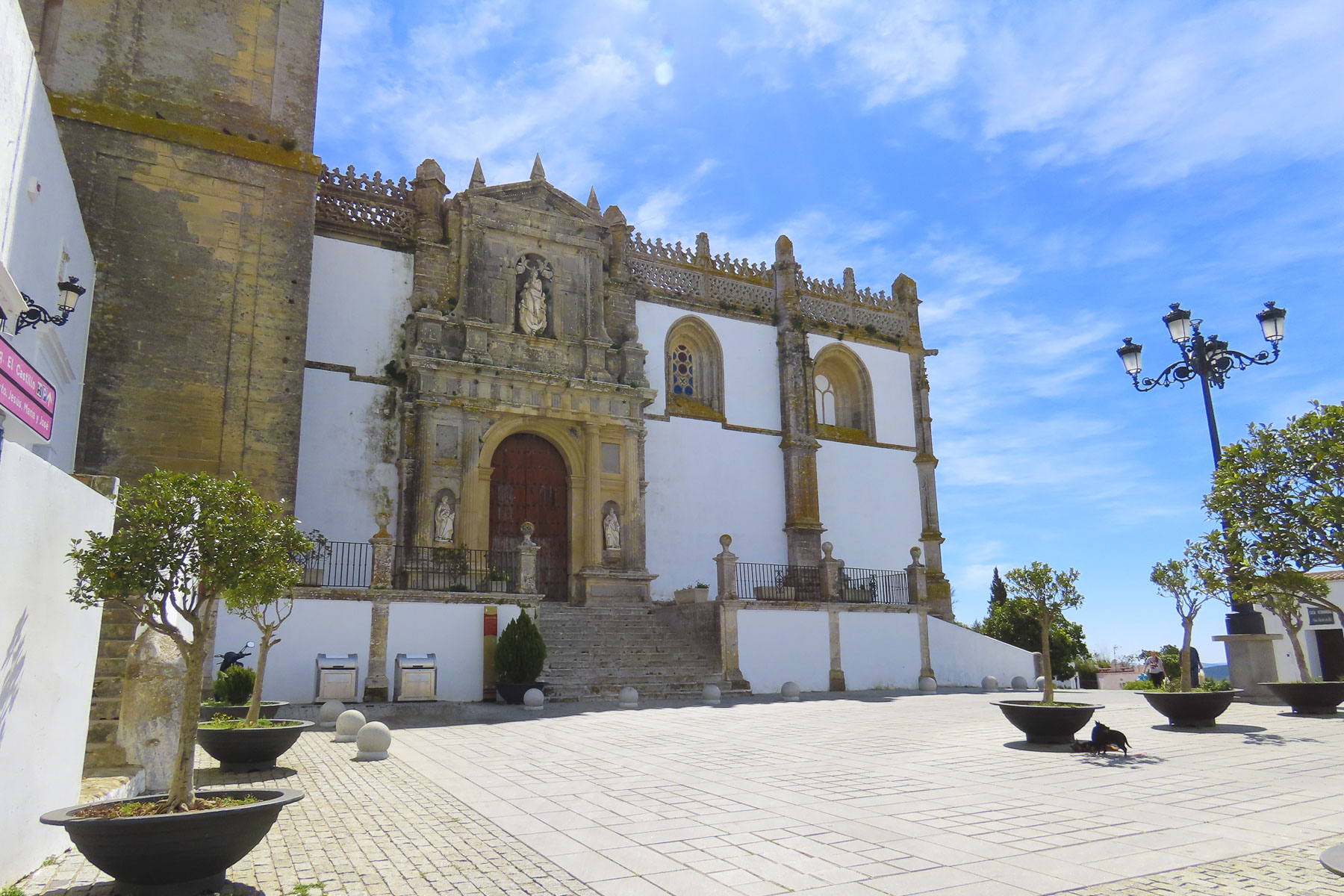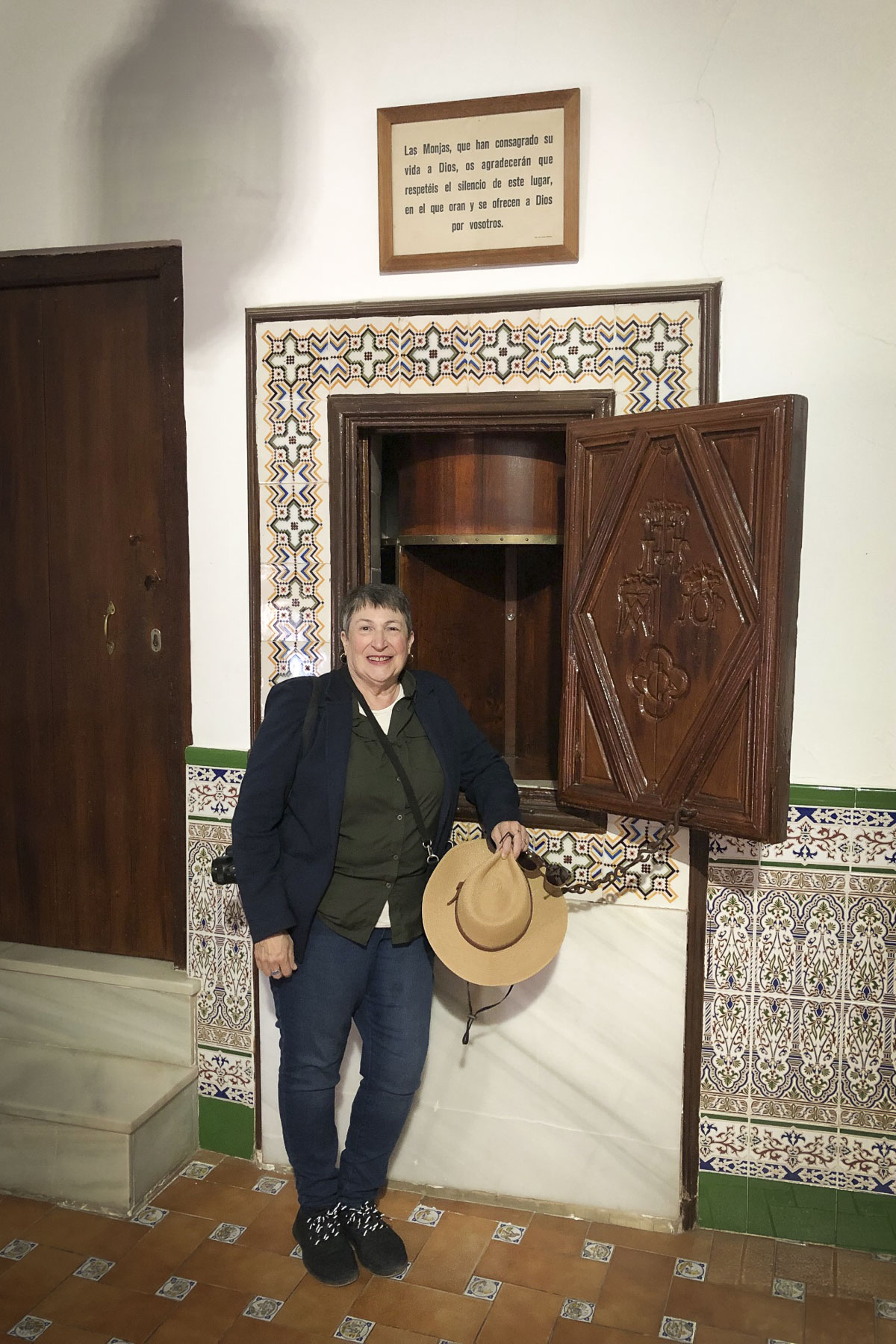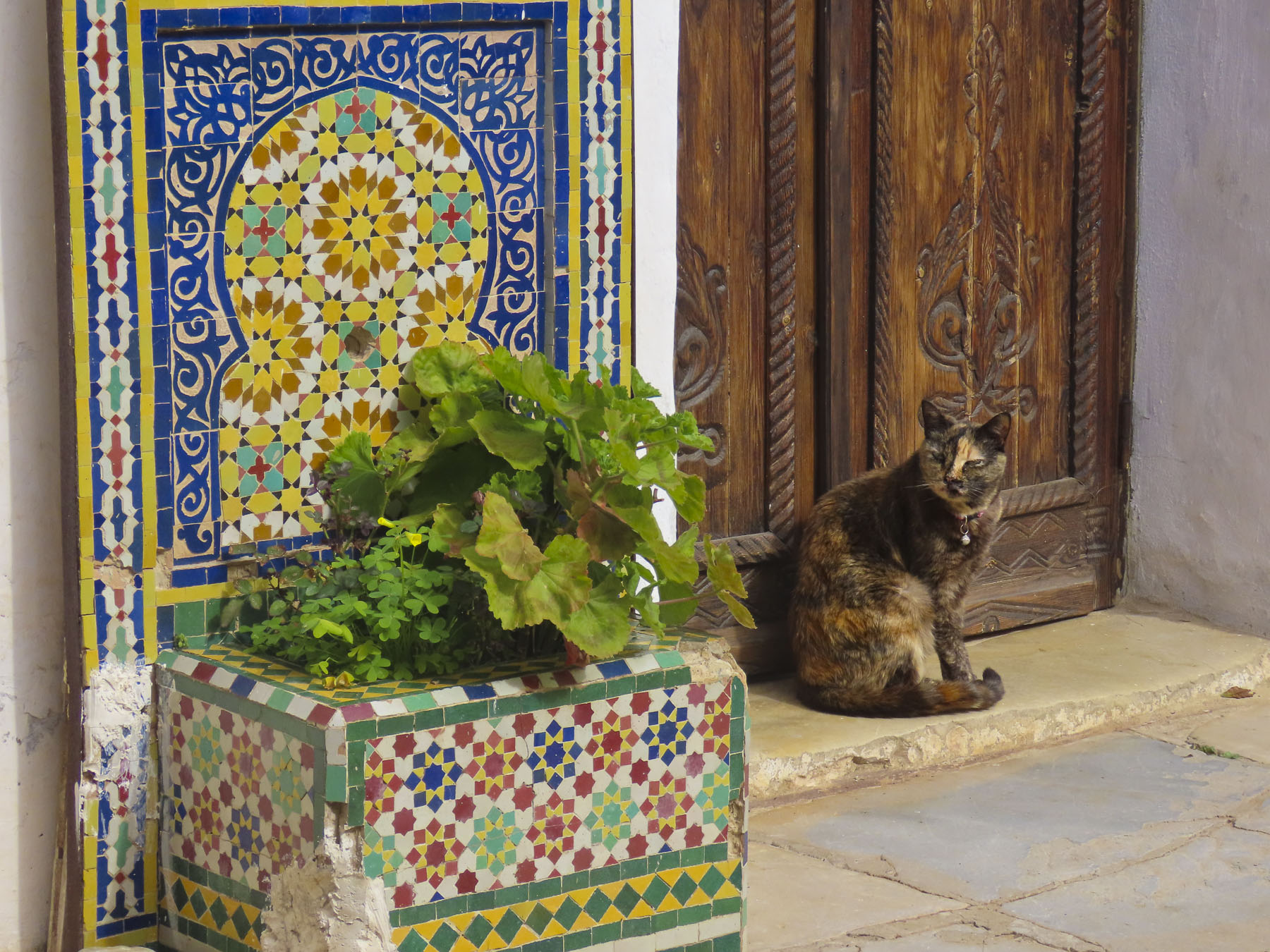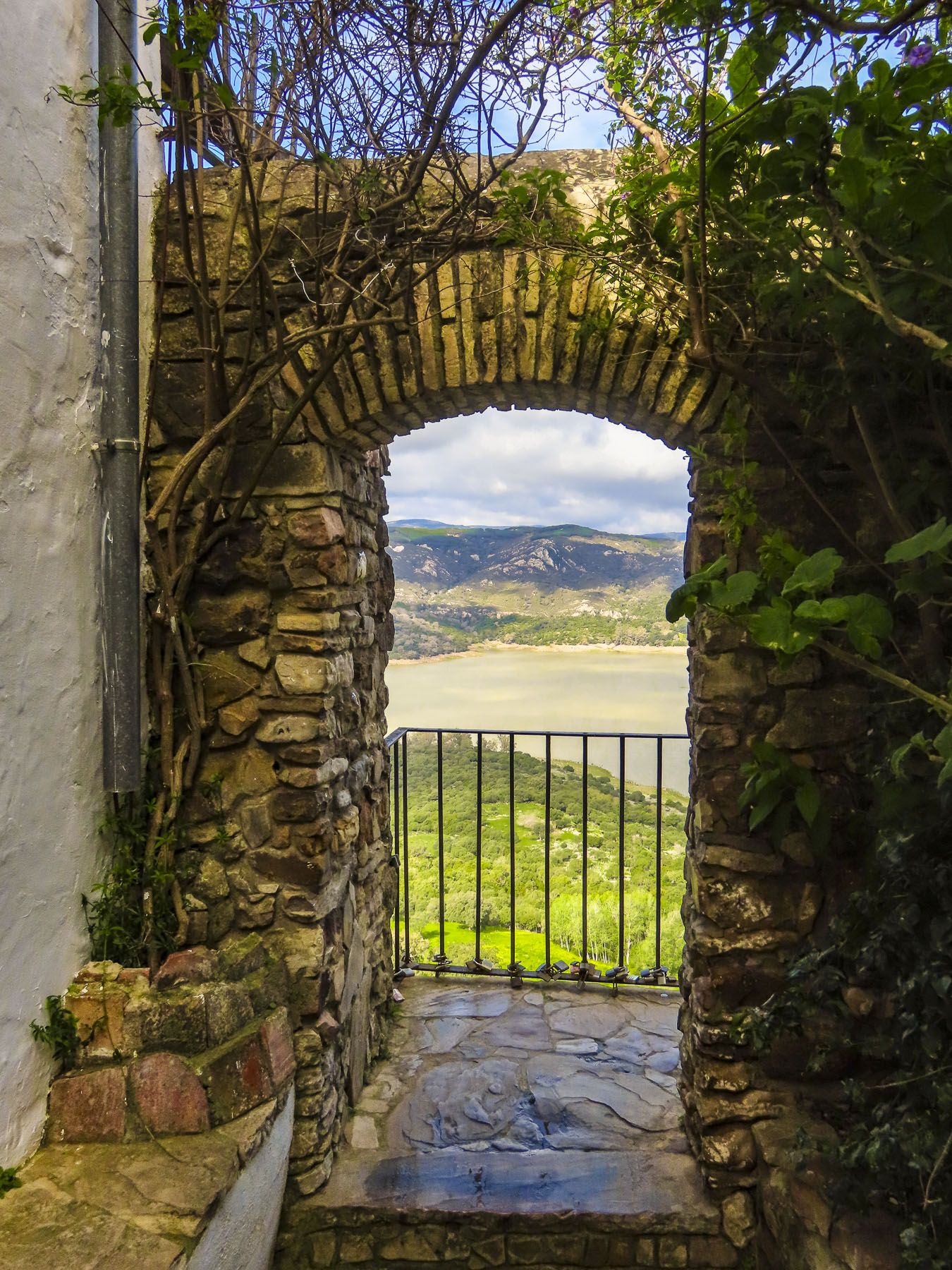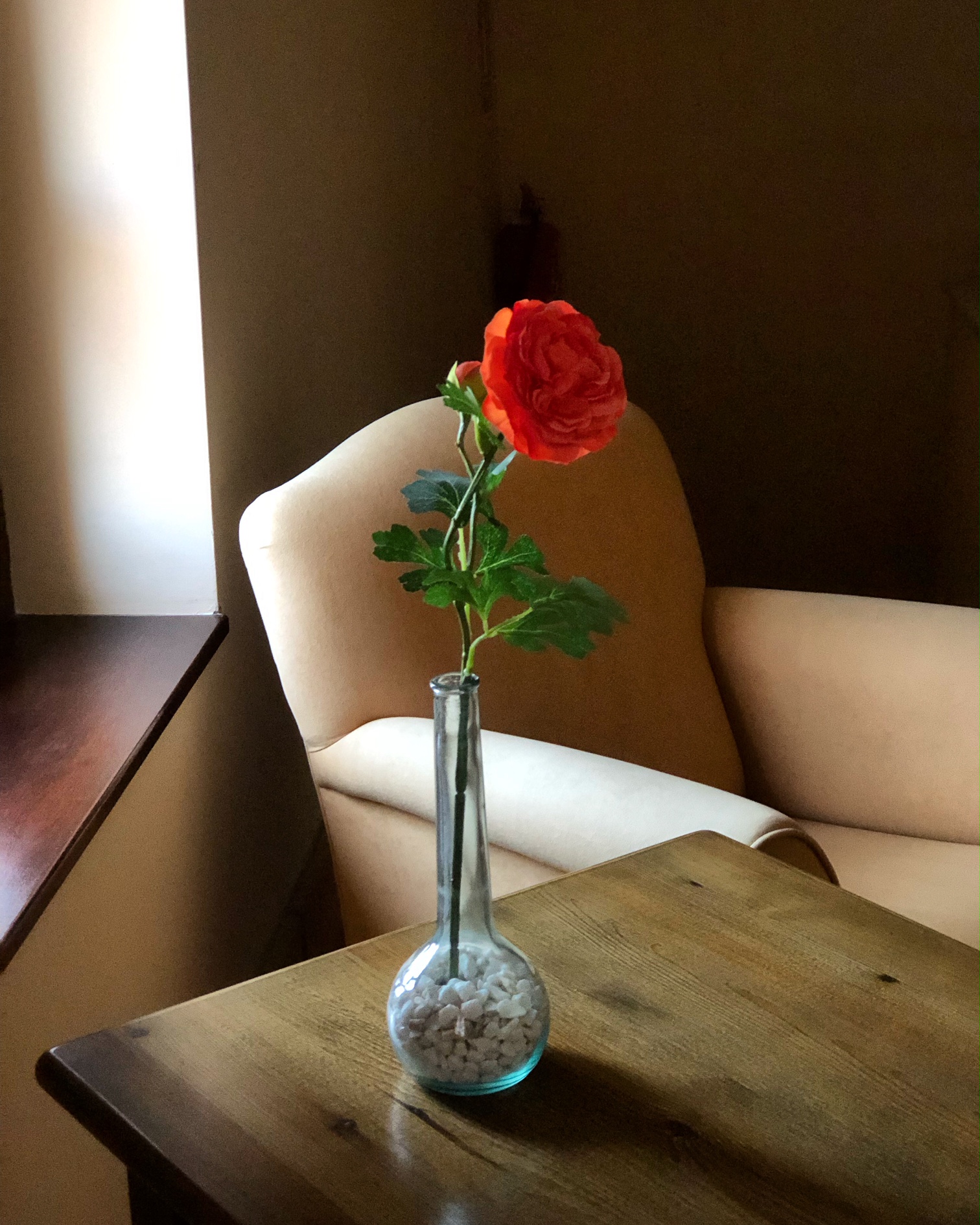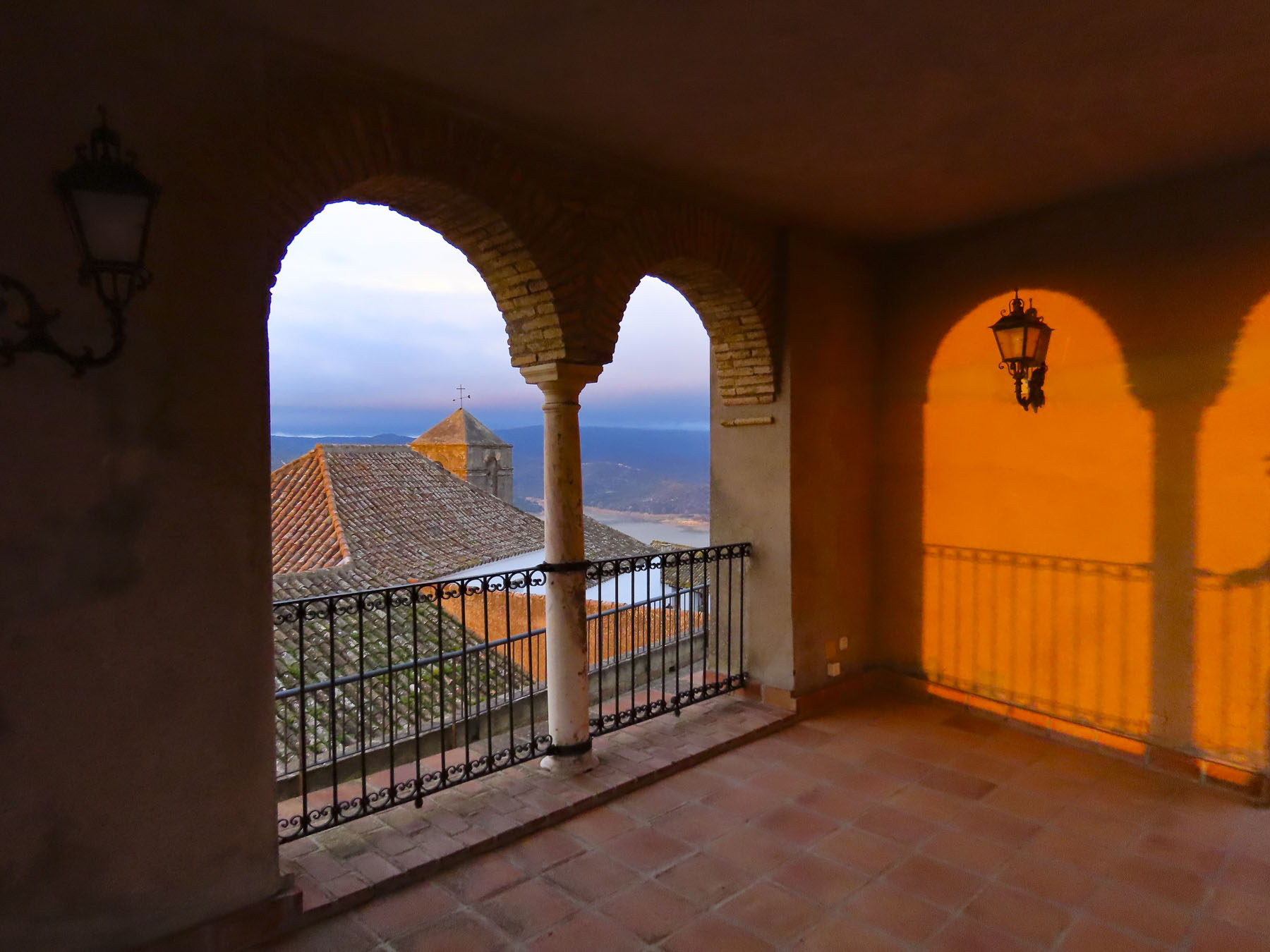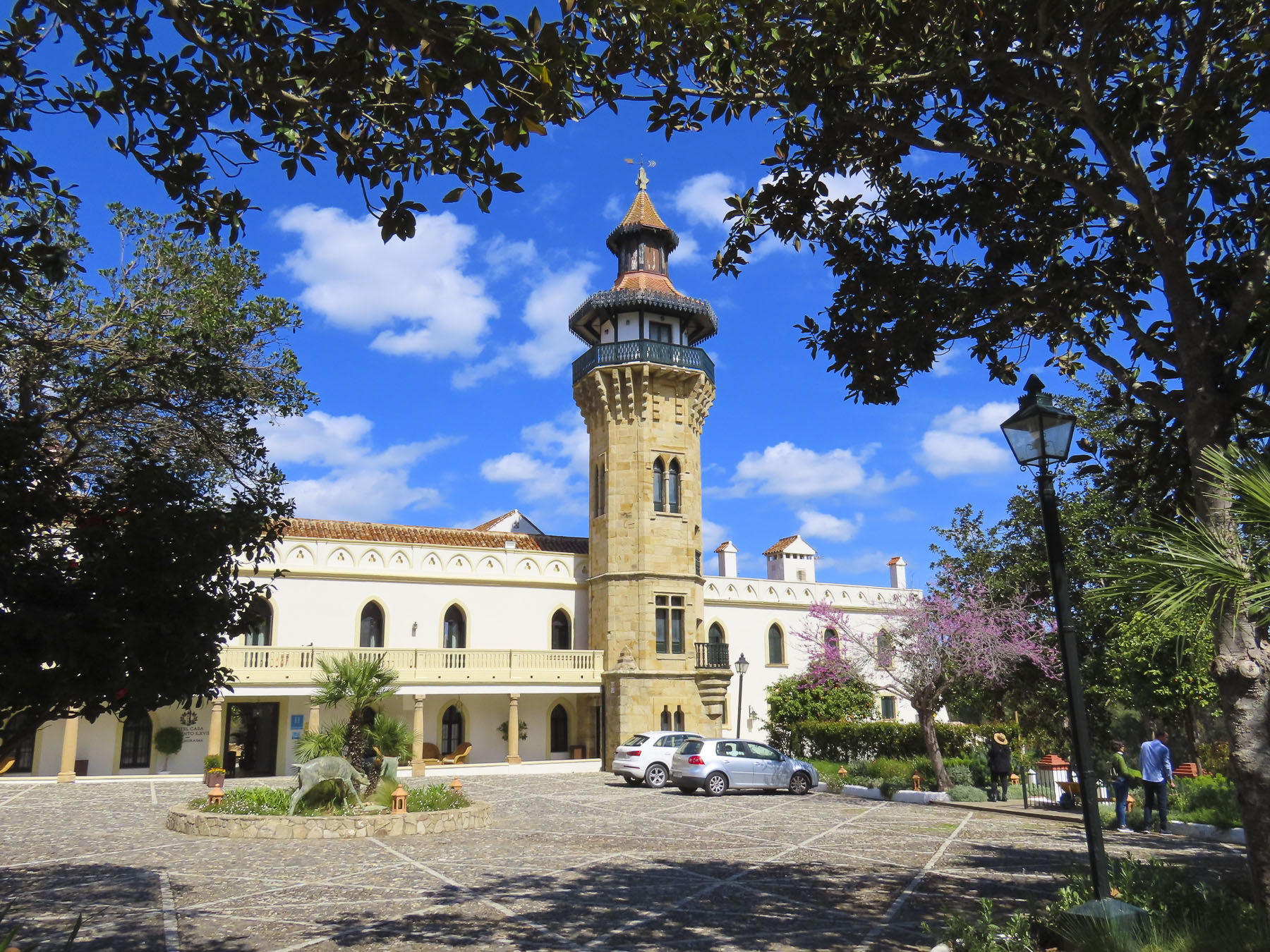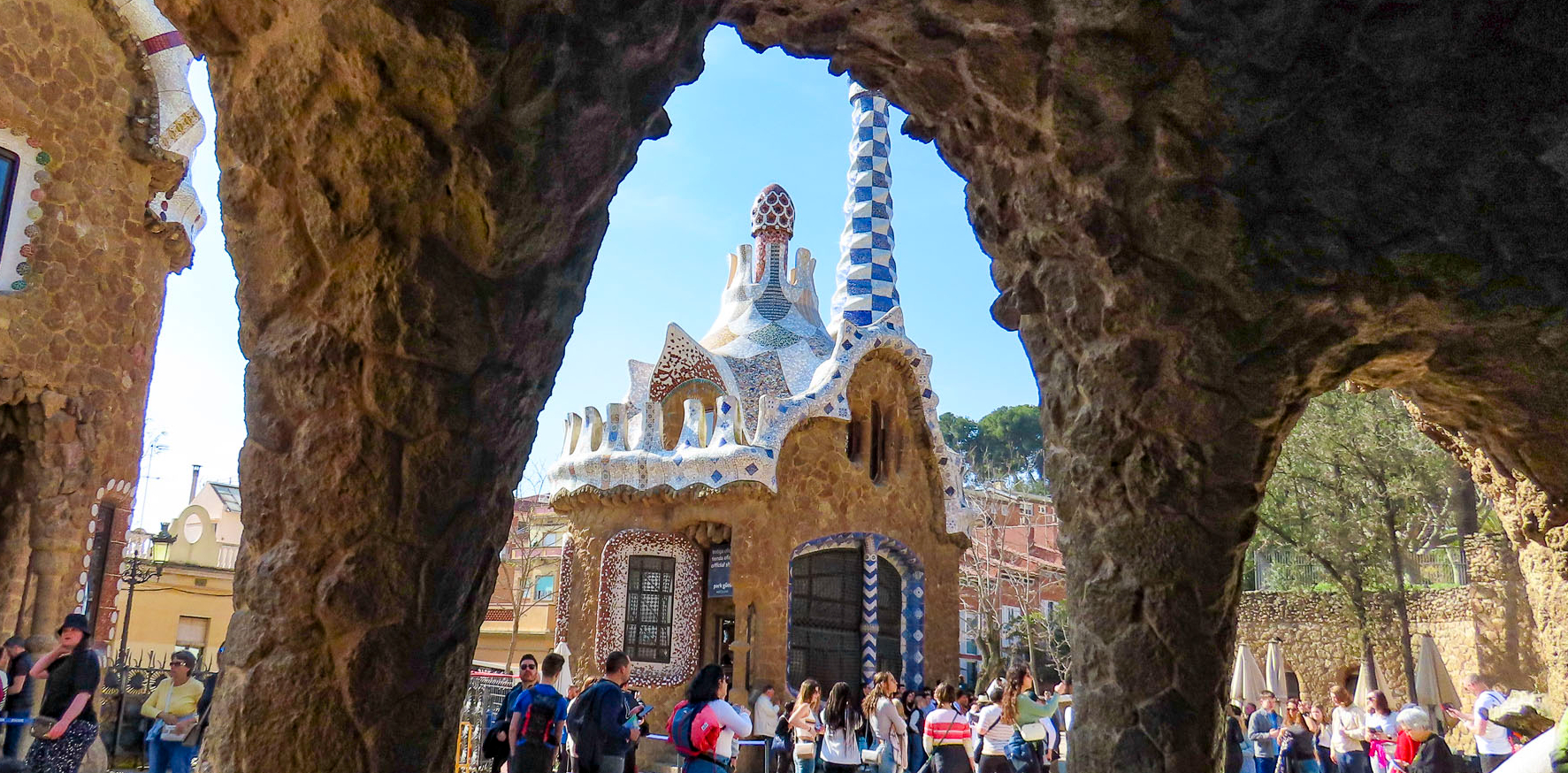
Usually, we shy away from large cities. I am not sure exactly why, though it’s probably anxiety about how hectic a new city might be and imaginary stress of navigating public transit, or predatory taxi drivers. But we’ve only ever heard how wonderful Barcelona was from our friends and decided to take the plunge ourselves. Boy were our pre-conceived notions way off! Starting with a trouble-free taxi ride (it’s as if the Barcelona City Council told the taxi union to treat the tourists well or we’ll allow Uber and Lyft to operate in the city) from the airport to our hotel, One Shot Aragó 257 in Barcelona’s Eixample district.

The district dates from the city’s expansion in 1855 when the Spanish Crown finally relented and permitted the demolition of the ancient defensive walls around the historic core of Barcelona. This allowed the city to expand beyond its ancient footprint to accommodate a growing population, that was literally bursting the city’s walls. A visionary plan by Ildefons Cerdà to urbanize the farmlands surrounding the old walled city was chosen.



An enlightened architect and civil engineer, he envisioned Eixample to be a model of urban living, where every citizen had enough sunlight, clean air, water and green space for a healthy lifestyle. Cerdà designed the Eixample district with short blocks to encourage “walking, mixing, and vibrant street life,” and oriented the streets to run northwest to southeast to receive maximum sunlight. The buildings on each block were no higher than seven floors and built around a central treed courtyard.


Comprised of six neighborhoods, Dreta de l’Eixample, Antiga Esquerra, Sagrada Familia, Fort Pienc, Sant Antoni, and Nova Esquerra, we can attest that Cerdà’s Eixample district and his vision for Barcelona’s future has withstood the test of time and the city continues to be a wonderful, people-friendly place to explore by foot. Today Barcelona is a sprawling city of millions; still, with most of its 19th century buildings only 7 stories tall, it never felt congested and always felt as if we were strolling through intimate neighborhoods. Of course, there were exceptions on La Rambla and the promenade along the Platja de la Barceloneta oceanfront, which were busy even in off-season March.
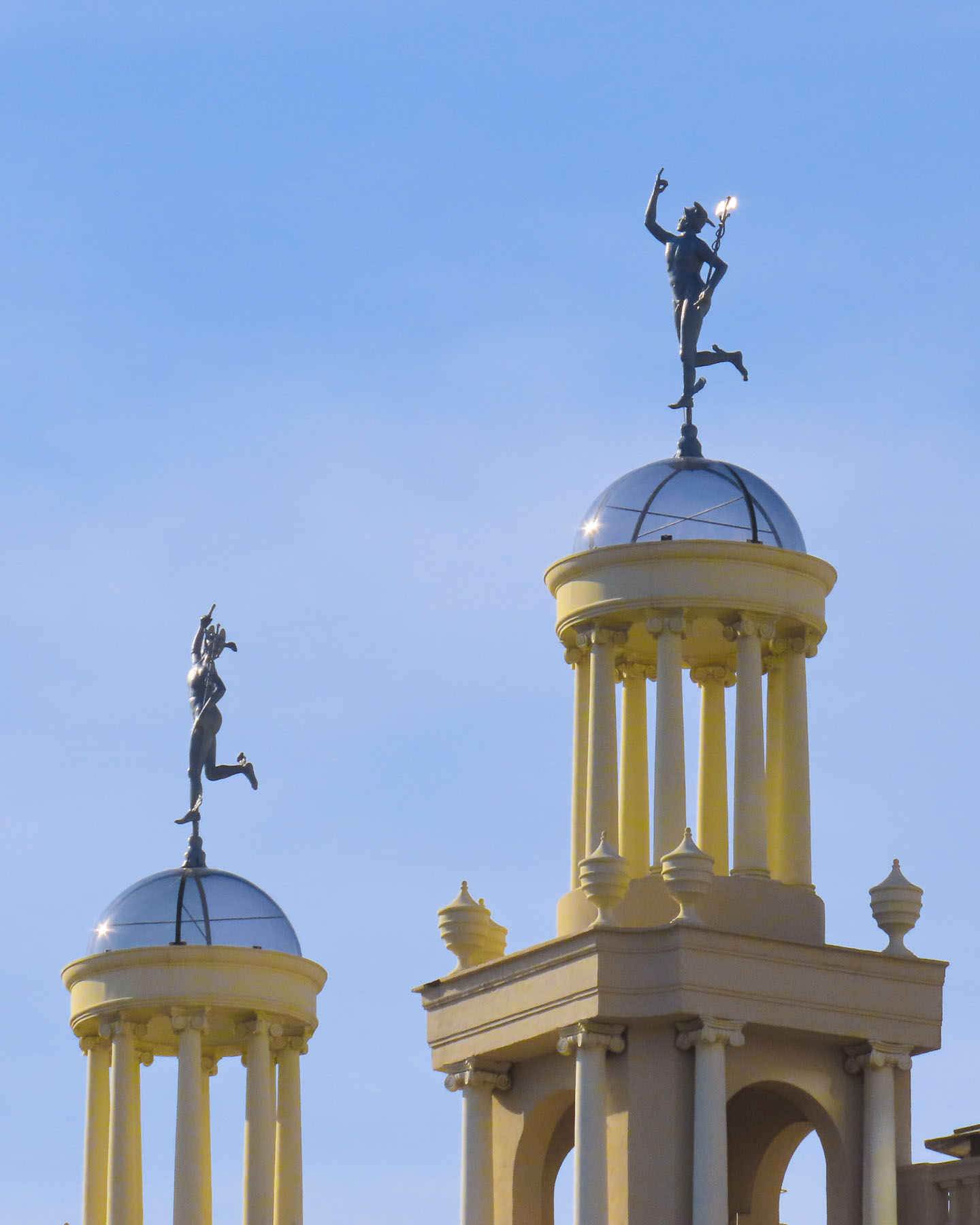

Today, continuing improvements to the city’s urban landscape, fostered by the concerns of climate change, are being implemented to the city’s 19th century footprint with the pioneering of Superblocks. These are 3 square block areas that will become pedestrian only with trees planted where the roadway was removed in order to expand the city’s green spaces and enhance urban living.


Just exploring the blocks immediately surrounding our hotel was rewarding with discoveries of cafés, tapas bars and interesting shops. Our favorite for morning coffee was the Catalan pastry shop, Casa Vives, located too easily, on the corner down the street from our hotel. The contemporary tapas at Vinitus couldn’t be beaten, and a formidable line awaited if we didn’t arrive early enough.


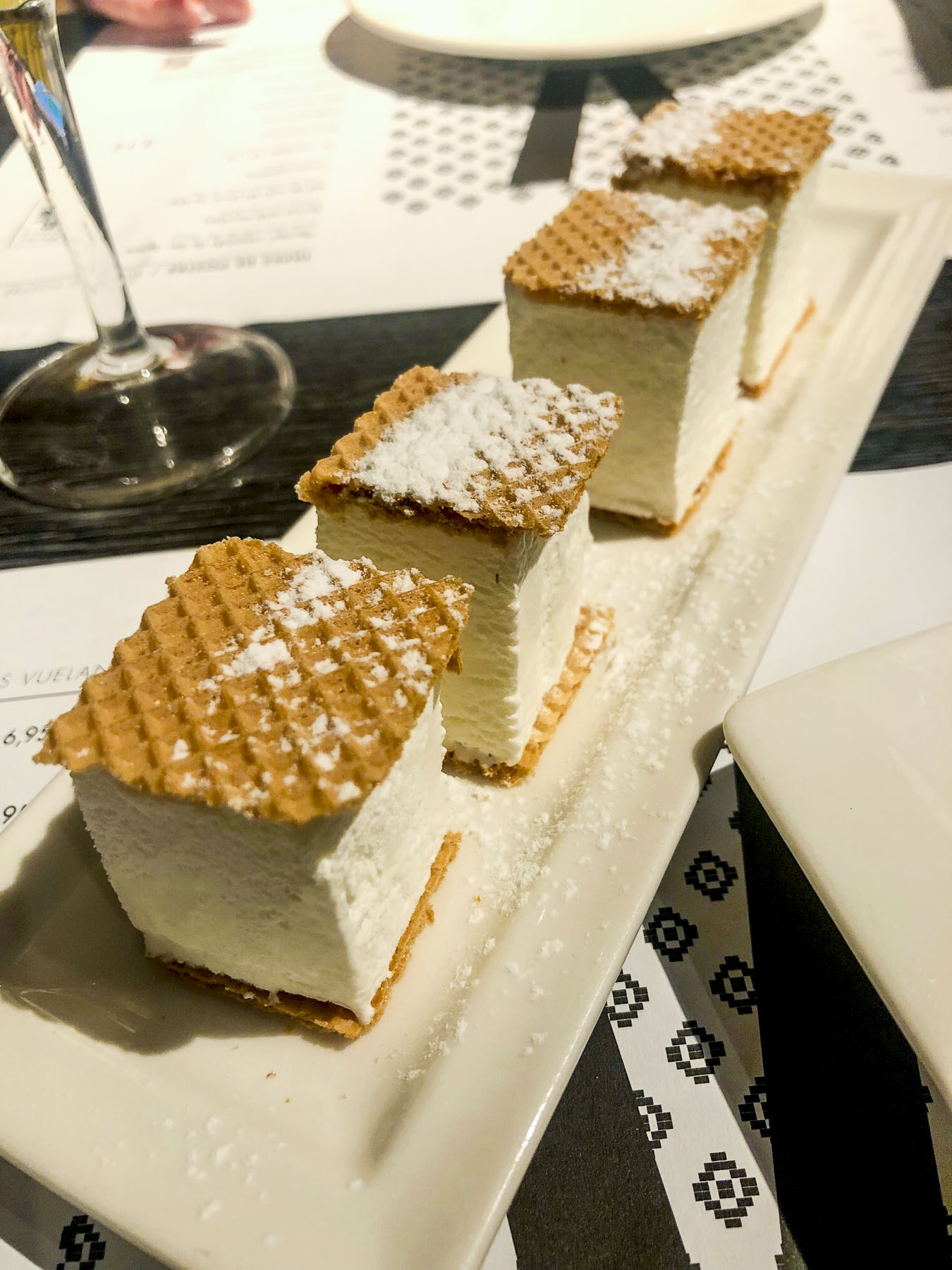

Contemporary interior design has always intrigued us, and fine examples can be found all across the city. But in our neighborhood the bookstore Llibreria Finestres and Lucciano’s Barcelona, an ice cream shop, stood out, along with Bolibar Bronzes with its vast array of fascinating architectural door hardware. We can’t imagine how much our suitcases would have weighed if we had indulged ourselves by shopping there.
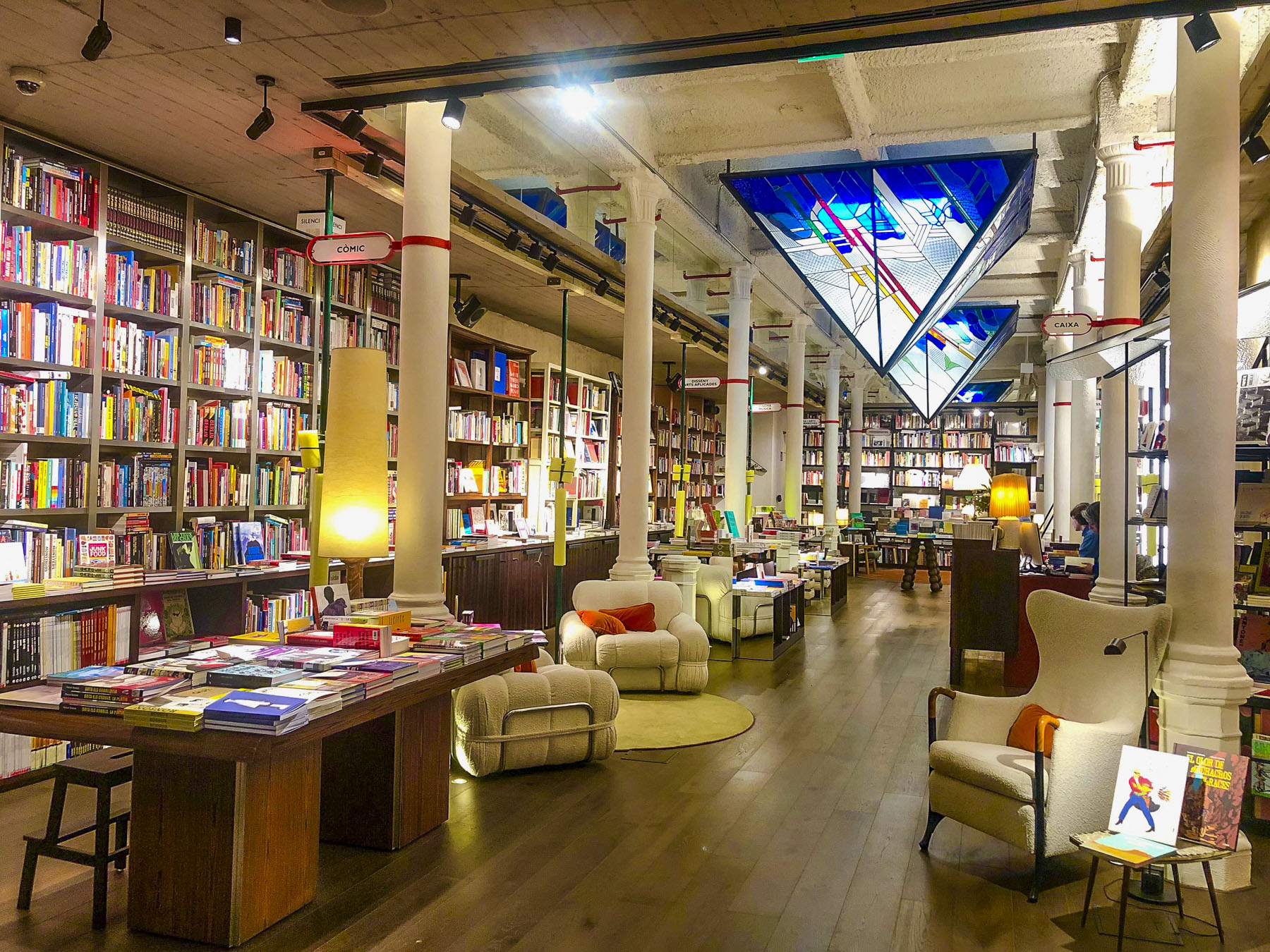

Eixample also claims several buildings designed by the innovative modernista architect Antoni Gaudi. Near our hotel, on Passeig de Graçia, was the Casa Batlló, a private residence that Gaudi redesigned in 1904 with his signature use of flowing organic forms, whimsical decorative elements, and texture. Also, on Passeig de Graçia is Gaudi’s La Pedrera-Casa Milà, 1906, a private residence for his client on the lower floor and apartments above. The building is known for the undulating lines of its facade and sculptural chimneys. Sadly, we sufficed with just viewing the exteriors of these landmarks, as we felt the entrance fees were exorbitant at €30 per person at each site.


We put these savings towards the tickets for the Basílica i Temple Expiatori de la Sagrada Família, or simply the Sagrada Familia, Antoni Gaudi’s masterpiece. Like the Eiffel Tower in Paris, Big Ben in London, and Rome’s Coliseum, Gaudi’s soaring towers at the Sagrada Familia serve as Barcelona’s iconic landmark.

The cornerstone of the Sagrada Familia was laid in 1882, but Gaudi was not the first architect. He replaced a colleague who designed a more traditional church with a gothic façade, flying buttresses and a pointed bell tower. Gaudi transformed it into the enlightened, visionary structure that now graces Barcelona with eighteen spires.



Twelve of the spires are dedicated to the Apostles, while the remaining six are dedicated to the four Evangelists, the Virgin Mary and Jesus Christ. Realizing the project would outlive him, Gaudi left detailed plans and models that are still being followed, nearly 100 years after his untimely death in 1926 (he was struck by a tram and died from his injuries a few days later.) Construction of the cathedral relies on ticket sales and private donations, consequently during the pandemic, work nearly came to a stop. Currently the church’s final completion date is set for 2026, one-hundred-forty-four years after that cornerstone was laid and 100 years after its architect’s death. Talk about a lasting vision!

The Cathedral is an awe-inspiring temple that is visually uplifting and celebrates life, with its unique use of organic forms and stunning play of light from its stained-glass windows. We highly recommend purchasing your tickets and scheduling a time to visit online, well ahead of your visit to avoid the queue at this celebrated monument.


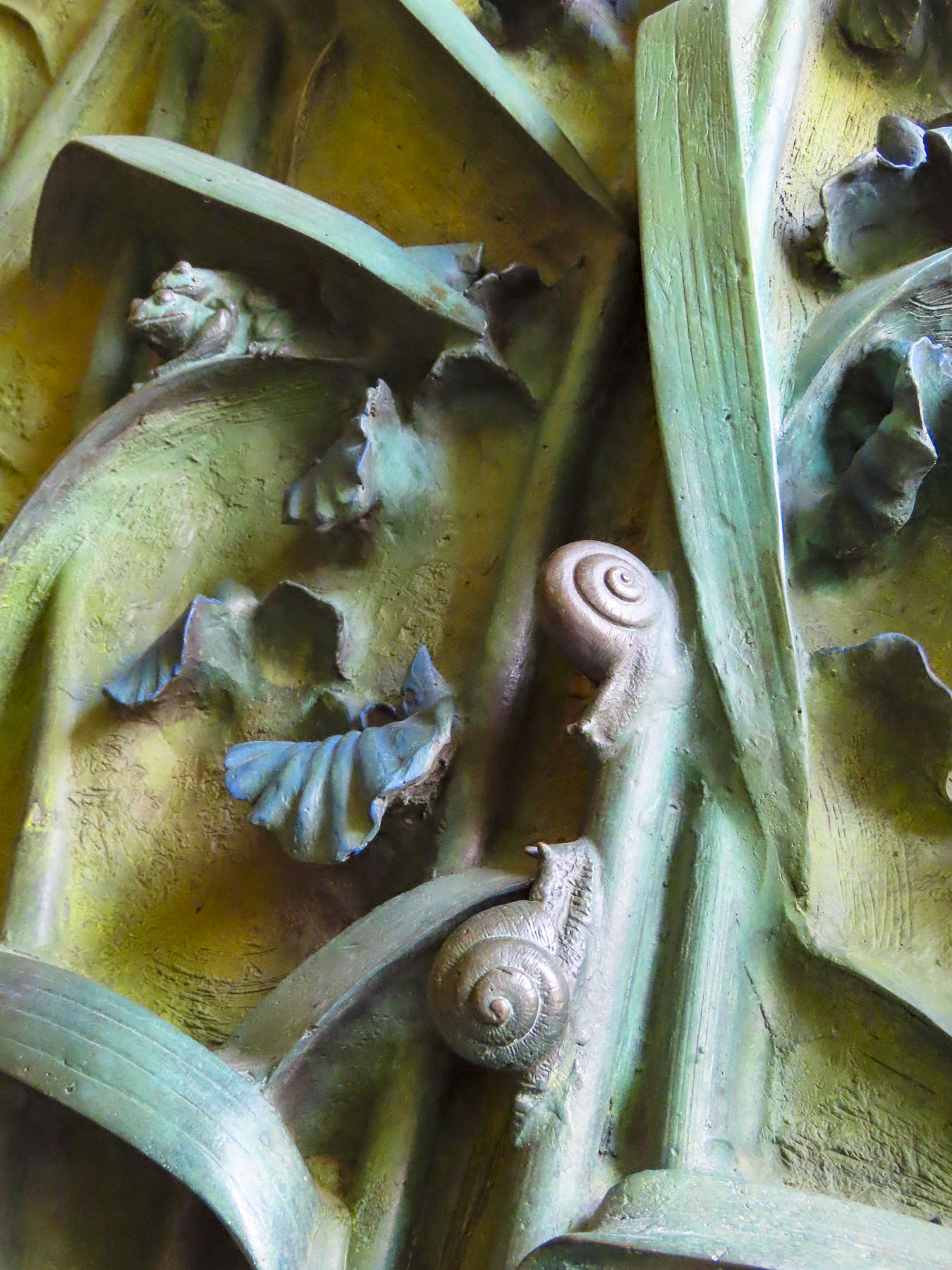
Walking between landmarks is one of the best ways to experience Barcelona and with that in mind we headed to Mercat de l’Abaceria, a traditional neighborhood mercado with multiple vendors on Pg. de St. Joan. Though much smaller than the famed Mercado de La Boqueria on La Rambla, which has sadly become gentrified and overly touristy, this mercado is a genuine neighborhood experience, where we enjoyed lunch and purchased olives, cheese, and sausages for snacking later.
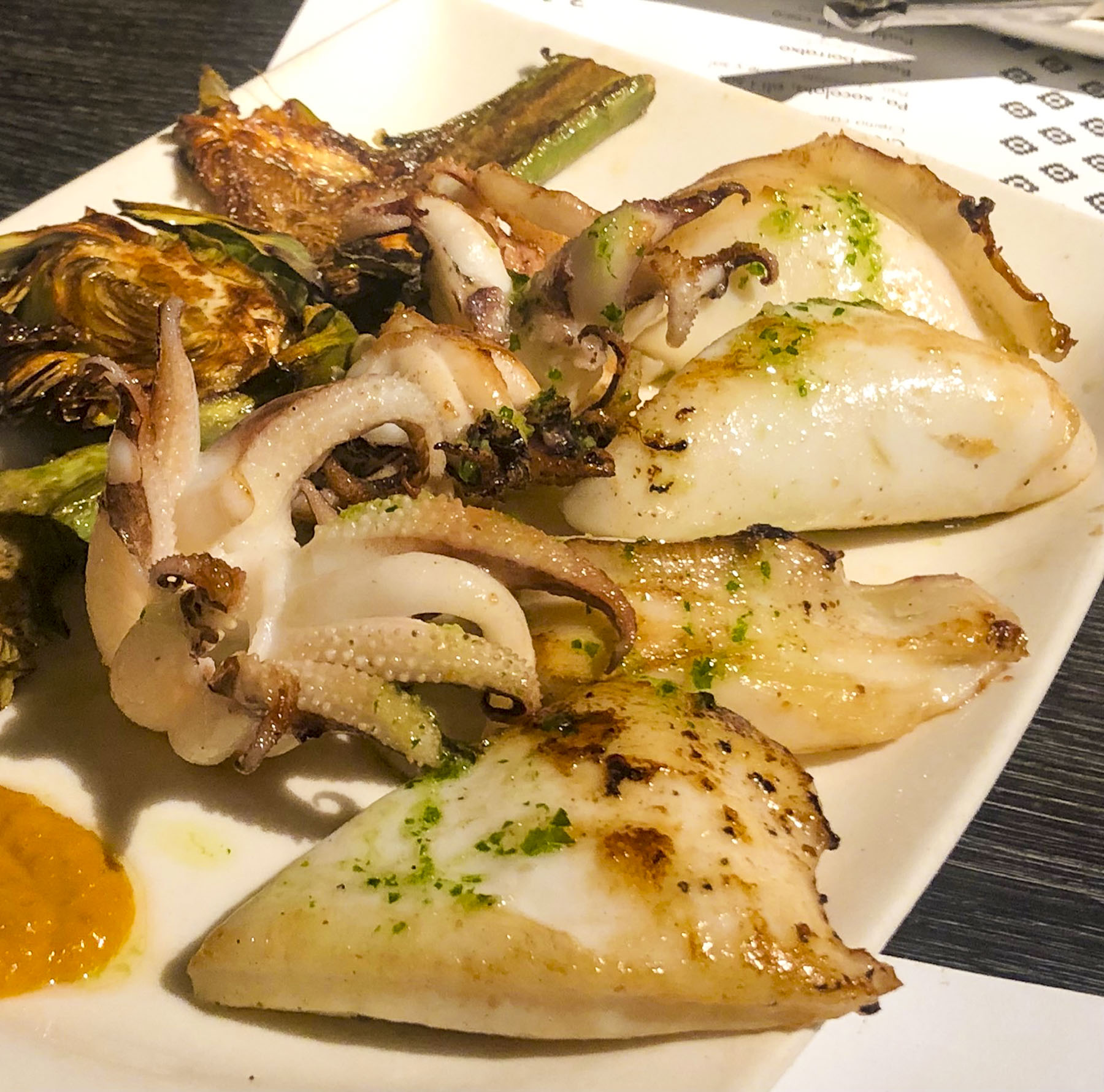

Any first visit to Barcelona can’t be complete without a stroll down La Rambla, taking its name from the Arab word “ramla,” for sandy riverbed, which is how the path from the old walled city to the Mediterranean Sea started eons ago. La Rambla became a street leading to one of city’s ancient gates in the 1400s when a riverbed was filled in and folks trekked to an open-air market in an area known as Pla de la Boquería. It eventually became the main thoroughfare to the port and was lined with several convents.
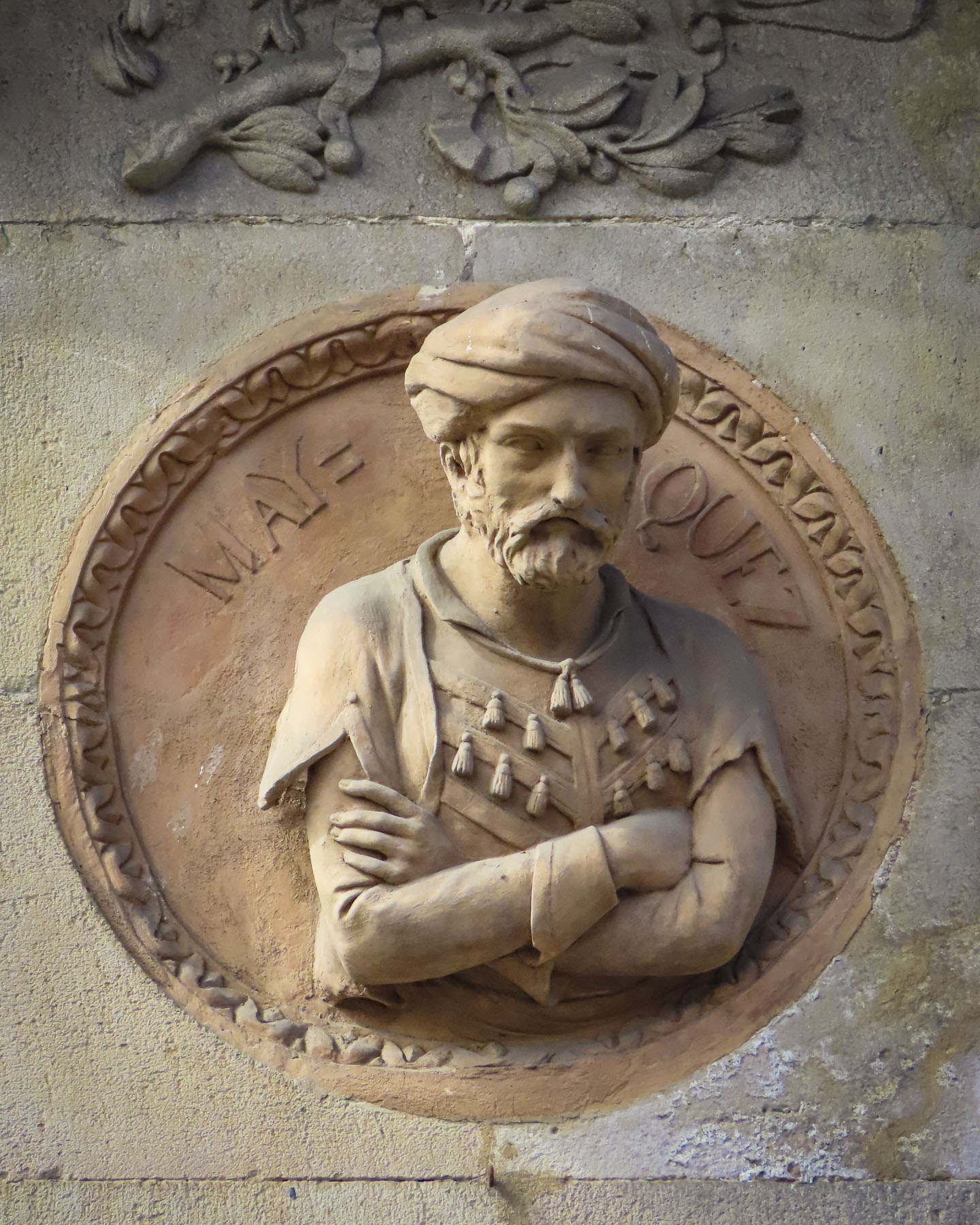


The market wasn’t officially recognized as La Boqueria until the 1840s and didn’t exist in a covered structure until 1914 and now famously hosts 200 food stalls and millions of visitors every year. Flowers have always been a tradition along La Rambla and it started with La Boqueria’s market stall owners, centuries ago, giving flowers to their customers as a token of appreciation for their shopping. In 1702, 280 trees were planted along La Rambla. Streetlamps were installed along its length in 1860 and its newspaper stands remained open all night. Since then, it has been Barcelona’s most historic boulevard, the place to stroll, to be seen, to people watch.

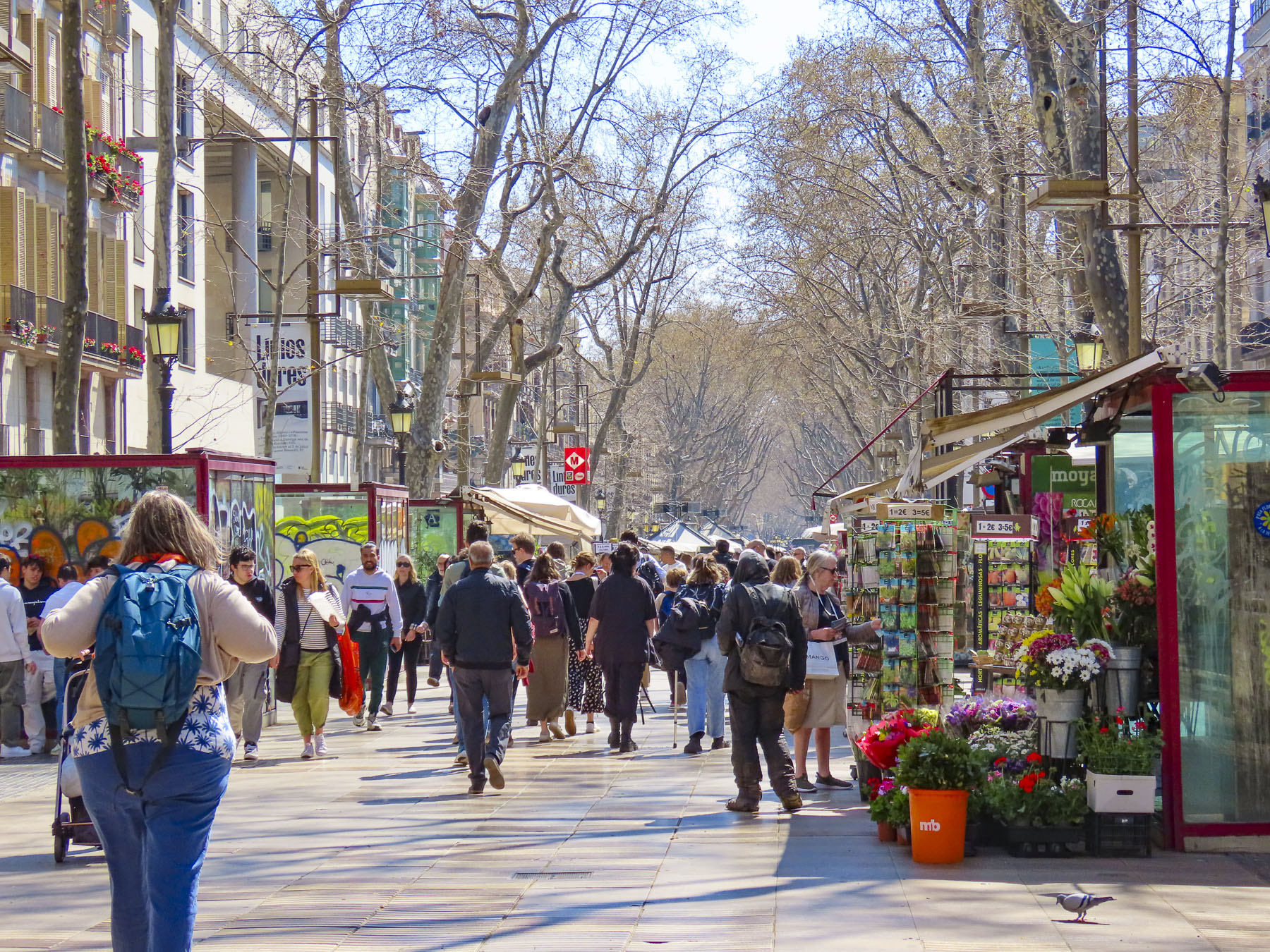
Now three quarters of a mile long, the tree lined boulevard runs from the Columbus Monument at the harbor past the historic Gothic Quarter to Plaça de Catalunya, Barcelona’s central plaza where the old medieval city ends and the newer Eixample district begins.

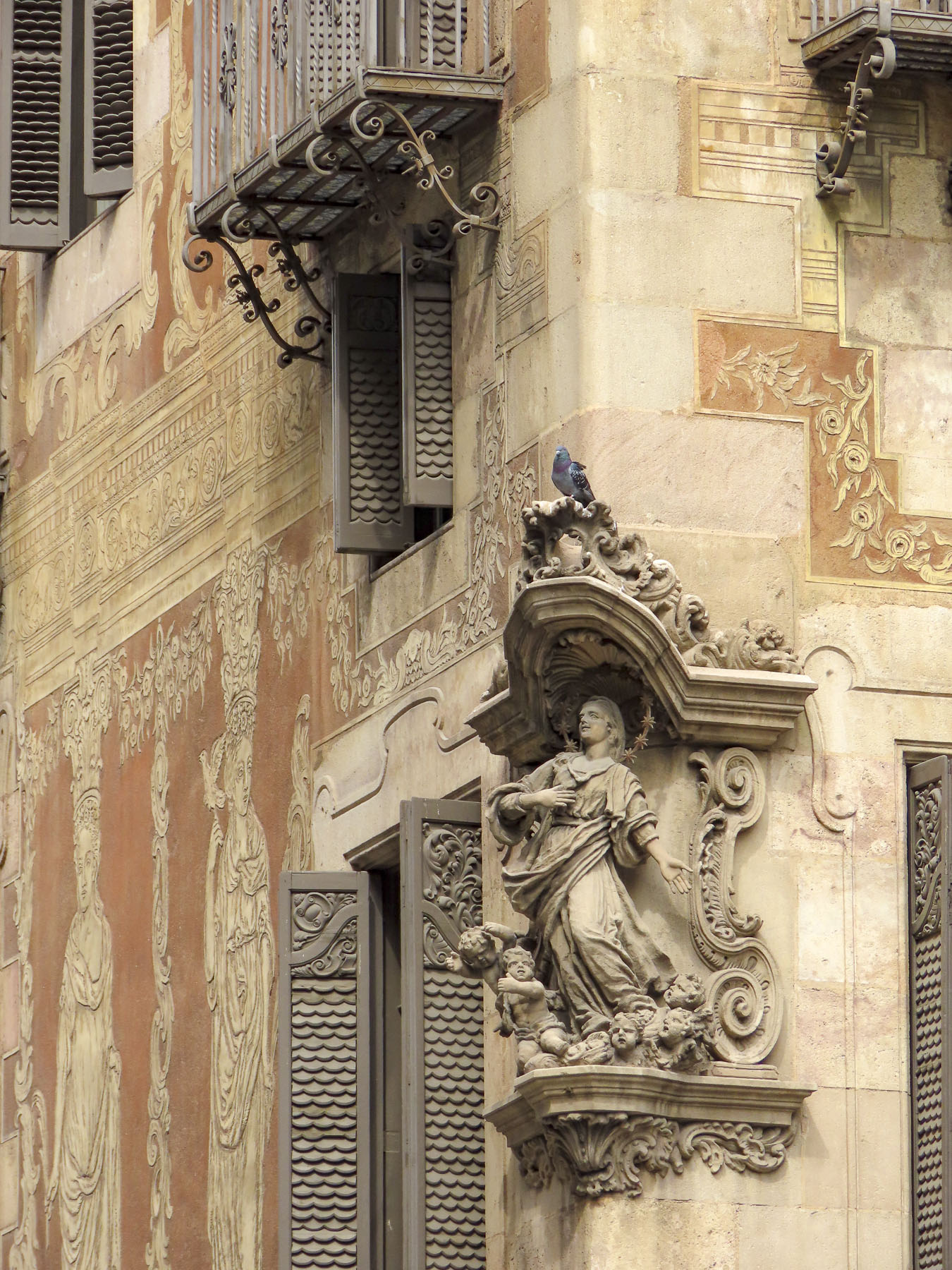
Wandering through the historic old town section, we visited the Cathedral of Barcelona, a massive Gothic structure that dates from 1298, when it was built upon the ruins of an old Roman temple.



It was the city’s most important church for 600 years until the construction of the Sagrada Familia was started. The difference between the two is night and day. The cathedral is somber, while the Sagrada Familia lifts your spirit.

Afterwards on our way to the Palau de la Música Catalana, we stumbled upon Raima, a fantastic stationery and art supply store that is so out of place in the medieval old town, it’s wonderful. If you enjoy artful things, Raima has four floors full of visually stimulating displays and a hidden gem, a quiet rooftop café.



The walk through the narrow alleys of Barcelona’s ancient city center is filled with interesting architectural details fronting centuries-old buildings. Each successive generation decorated their city with sculptures and monuments, small visually intriguing vignettes, but which sadly have lost their historical significance over time. Now in many of the city’s plazas, modern art stands wonderfully juxtaposed against the ancient buildings.


The Palau de la Música Catalana is Barcelona’s most beautiful concert hall and is often referred to as the city’s, “magical music box.” It was constructed in 1905 by a contemporary of Gaudi’s, modernist architect Lluís Domènech i Montaner, in a style that is referred to as Catalan Art Nouveau, which incorporates the decorative arts of stained glass, ironwork, mosaic, painting, and sculpture together in a project. It’s a captivating space that highlights the great craftsmanship of the era.



The Barcelona beaches were not tempting us, but someone during our travels suggested that we must go to the seaside district of Barceloneta and find Bar Electricitat. “Because, they have the best bombas in Barcelona.” Try saying that tongue twister three times fast! We haven’t done a lot of comparative taste testing regarding this, however the bombas, fried mashed potato balls stuffed with sauteed ground pork and beef, were delicious. And the bar itself is a friendly, delightful no-frills place with a gregarious waiter, who seemed to know everyone, and a good house wine. We cut our walk along the beach short when the wind started to kick up sand.



Unfortunately, by the time we reached Parc de la Ciutadella, our cloudless morning was becoming overcast, though that did not deter folks from relaxing on the parks expansive lawns and enjoying a warm Spring Day in mid-March. Designed in the late 19th century for the Universal Exposition of 1888, the park has an assortment of monuments dedicated to Spain’s glories, a boating lake, and life-size concrete sculpture of a woolly mammoth named Júlia. She’s been popular with generations of Barcelonian families since she was installed in the park over 100 years ago.



The next morning, we took a cab to Park Guell, another Antoni Gaudí creation set in the hills above Barcelona. In 1900, Eusebi Güell, a wealthy industrialist, envisioned the wooded hillside as an exclusive gated community with sixty homes and common areas designed by Gaudí.

By 1907, the whimsical entrance pavilions, viaducts, hypostyle market area, and the grand esplanade with its stairway were completed.



But the project failed to attract buyers and the hillside became Güell’s private retreat. Upon his death his heirs offered to sell the park to the city. Barcelona agreed and opened the park to the public in 1926. The park has been a UNESCO World Heritage Site since 1984 and annually attracts nine million visitors. Get your tickets online ahead of time and arrive at the park as early as possible. Even by 11AM, in March, there was a hefty crowd of folks visiting the park.


Something old, something new, there are plenty of interesting things to do and see in this dynamic, ancient yet modern metropolis. We had a great 5 days exploring Barcelona. And one of the surprising things we discovered about ourselves during our years of travel is that after having purposedly avoided living and working in cities in the United States, we actually enjoy European city life!
“Just close your eyes and let’s pretend we’re dancing in the street in Barcelona”- Ed Sheeran
Till next time, Craig & Donna



